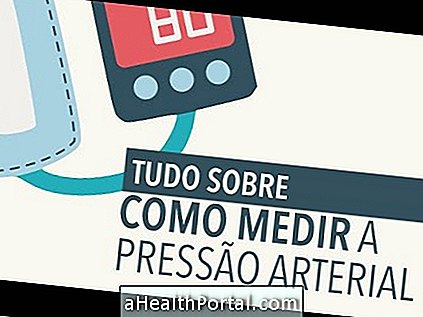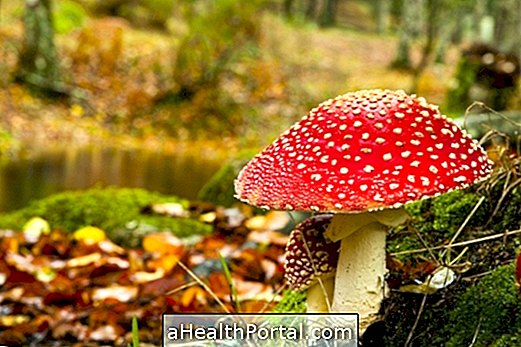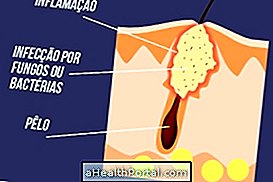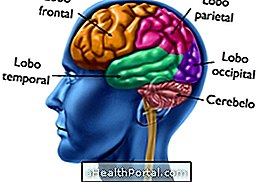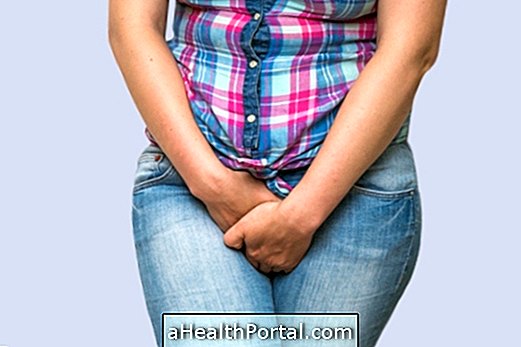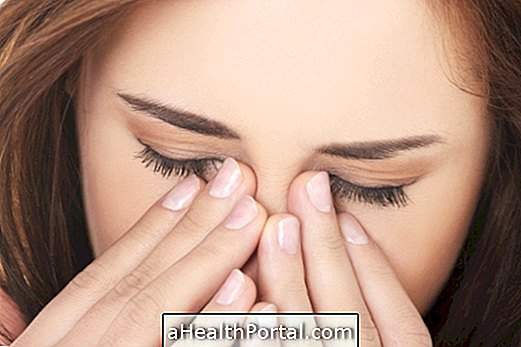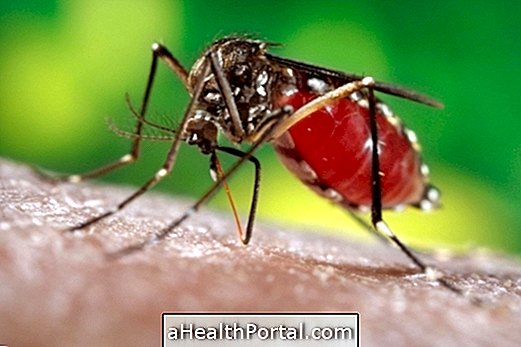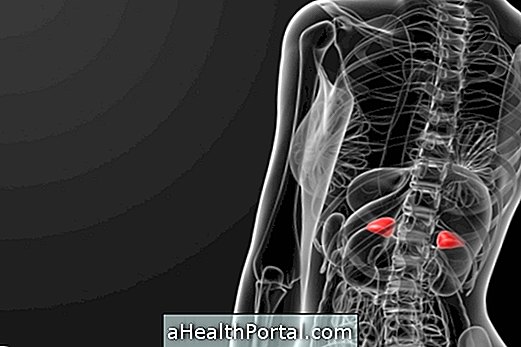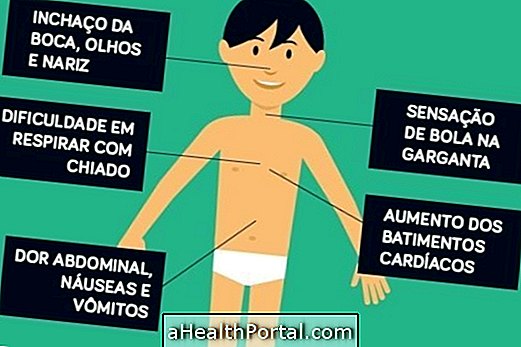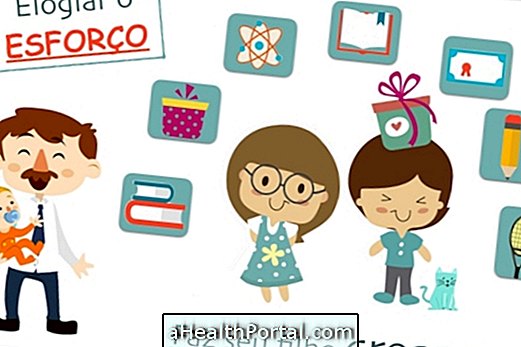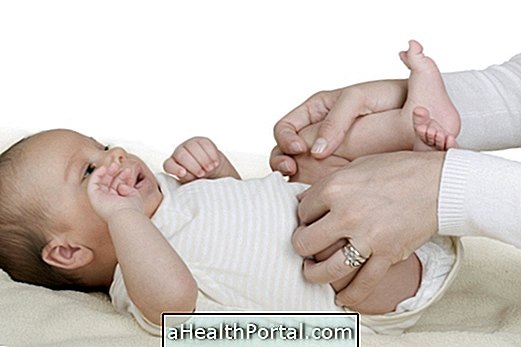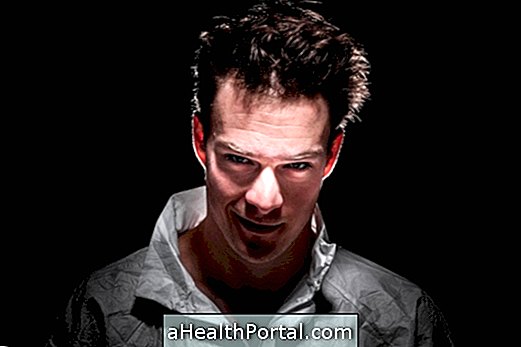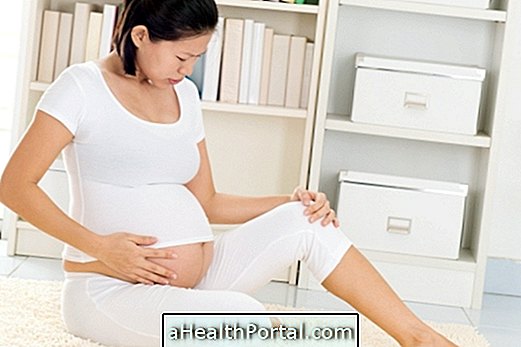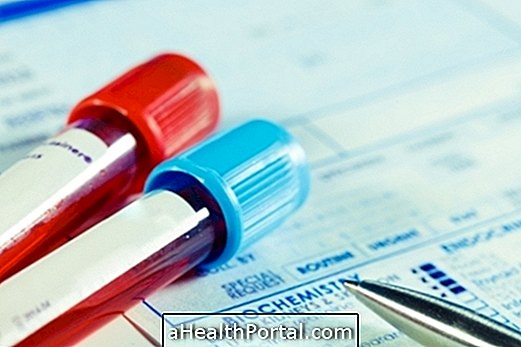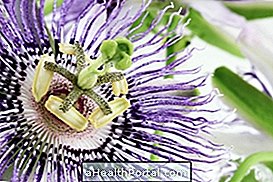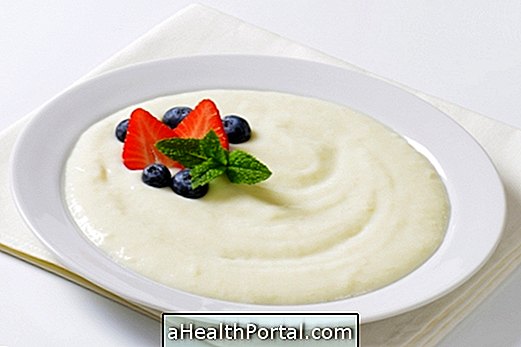One way to differentiate between high and low pressure symptoms is that at low pressure it is more common to feel weak and faint, whereas in high blood pressure more often palpitations or persistent headache .
However, the most effective way to differentiate is to measure blood pressure at home, using an electronic device, or at the pharmacy. Thus according to the value of the measurement, it is possible to know which type of pressure is involved:
- High pressure : greater than 140 x 90 mmHg;
- Low pressure : less than 90 x 60 mmHg.
Differences between high and low pressure
Other symptoms that may help distinguish high blood pressure from low blood pressure include:
| High Blood Pressure Symptoms | Low pressure symptoms |
| Double or blurry vision | Blurred vision |
| Ringing in the ears | Dry mouth |
| Pain in the neck | Drowsiness or feeling faint |
In this way, if persistent headache, ringing in the ears or heart palpitations arise, the pressure is probably high. However, if you have weakness, a feeling of faint or dry mouth, it may be low pressure.
There are still cases in which there is a feeling of fainting, but that is associated with a drop in blood sugar levels, being easily confused with a drop in pressure. Here's how to differentiate low blood pressure from hypoglycemia.
What to do in case of high blood pressure
In case of high blood pressure, one should drink a glass of orange juice and try to calm down, because orange helps to regulate the pressure because it is diuretic and rich in potassium and magnesium. If you are taking any medication for high blood pressure prescribed by your doctor, you should take it.
If after 1 hour the pressure is still high, that is, greater than 140 x 90 mmHg, it is advisable to go to the hospital to take a medicine to lower the pressure through the vein.
What to do in case of low blood pressure
Even in cases of low blood pressure, it is important to lie down in an airy place and keep your legs elevated, loosen your clothes and raise your legs so as to increase blood circulation to the brain and regulate blood pressure.
When low pressure symptoms pass, the person can stand up normally, however, should rest and avoid making sudden movements.
If you prefer, watch our video:
